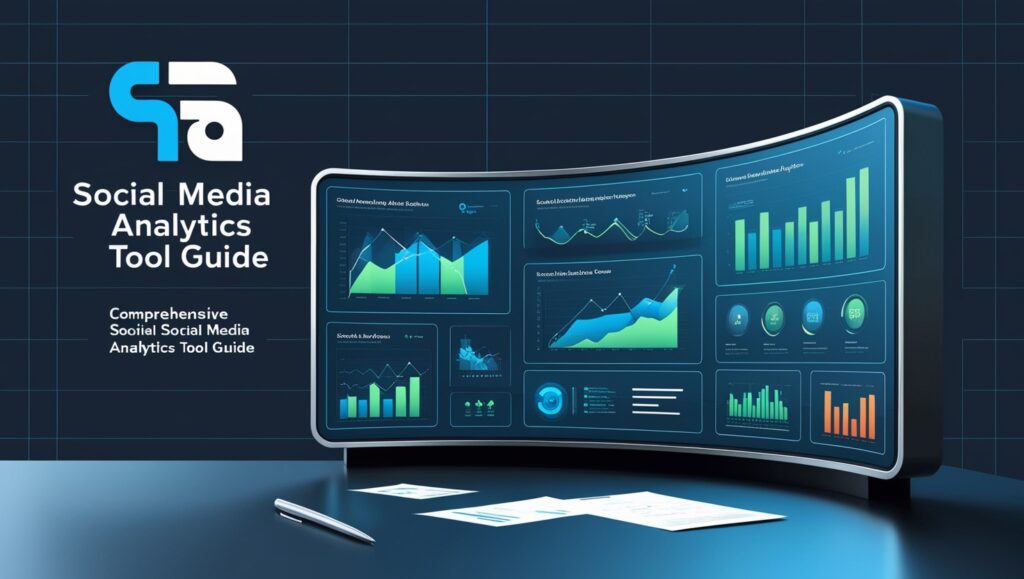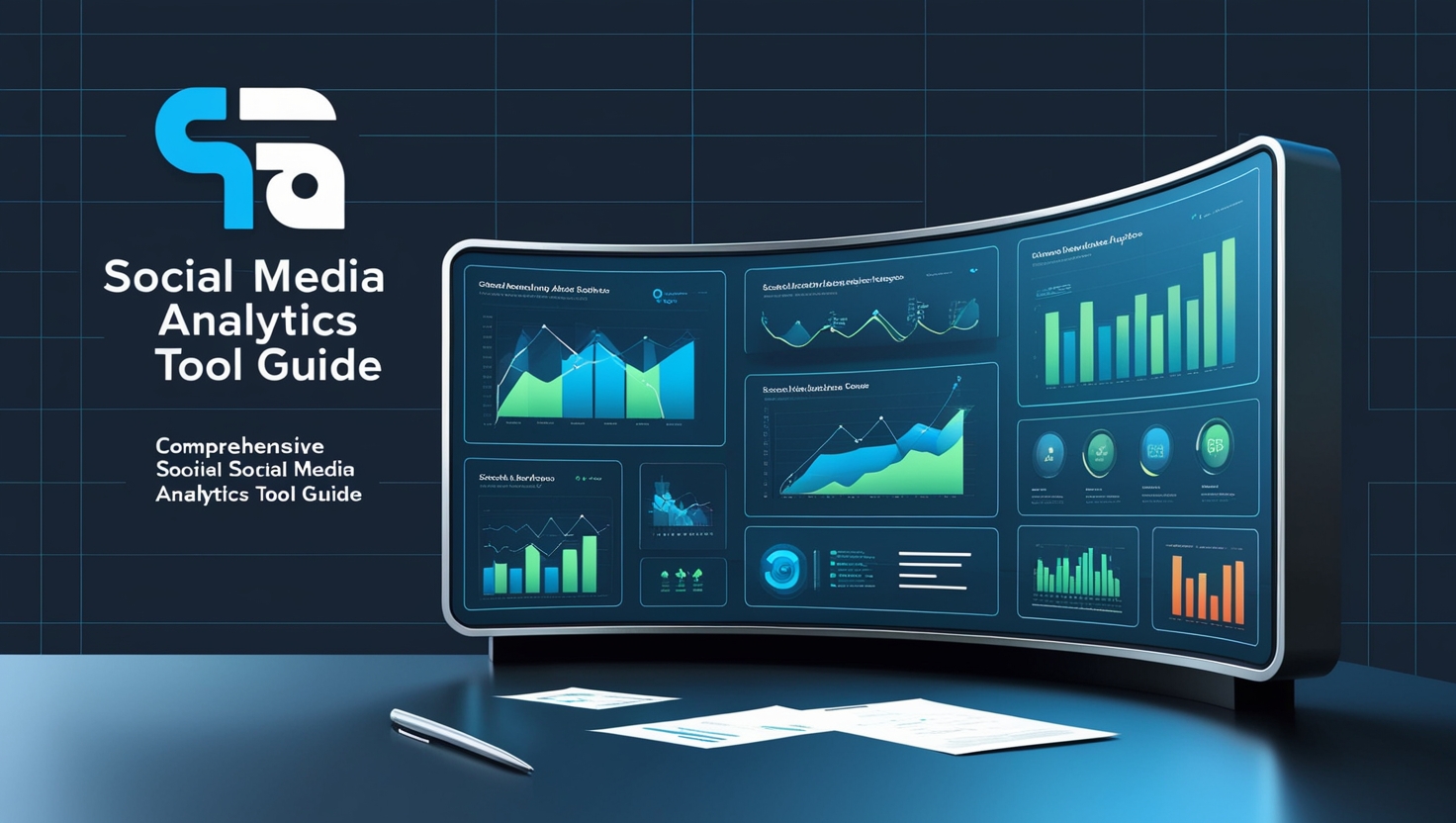Social media has developed into a vital tool for organizations to connect, engage, and captivate their target audience in today’s digital age. Social Media Marketing has progressed from merely a platform for brand visibility to a dynamic outlet for generating sales, boosting brand loyalty, and eventually attaining a higher return on investment (ROI). As organizations attempt to navigate this complex world, the emphasis is on innovative solutions. One of them is WebXMeta, a trailblazing firm that is changing how we analyze ROI in social media marketing.
Understanding the ROI Conundrum
As organizations continue to invest significant money in their social media activities, the topic of quantifying ROI becomes increasingly important. Traditional marketing metrics frequently fall short of accurately representing the varied impact of social media operations. Unlike traditional advertising, where ROI is relatively easy to calculate, social media marketing is characterized by nuanced interactions, engagements, and brand impressions.

Pioneering Precision in ROI Measurement
WebXMeta emerges as a beacon of creativity in the middle of this issue. WebXMeta delivers a suite of cutting-edge tools and analytics designed to fully understand ROI in Social Media Marketing, with an uncompromising dedication to improving digital marketing processes.
1. Data-Driven Insights
WebXMeta’s advanced analytics engine delves deeply into the complex data landscape of social media sites. Businesses receive a comprehensive view of their social media campaign’s performance by collecting and evaluating a wide range of metrics, ranging from click-through rates and engagement levels to conversion monitoring. This data-driven strategy allows for precise and informed decision-making, assisting firms in allocating resources where they are genuinely needed.
2. Holistic Attribution Modeling
It has long been difficult to attribute conversions and sales to individual social media outlets. WebXMeta presents a holistic attribution modeling framework that untangles the web of touchpoints encountered by a consumer prior to making a purchase. Businesses can finally evaluate the impact of social media activities on their bottom line by assigning accurate values to each interaction.
3. Real-time Monitoring and Optimization
One of WebXMeta’s most notable features is its real-time monitoring and optimization capabilities. Businesses may track the performance of their social media efforts in real-time and make real-time modifications. This flexible strategy not only maximizes ROI but also ensures that initiatives stay adaptable in an ever-changing digital landscape.
4. Comprehensive Reporting
WebXMeta recognizes the importance of clear and straightforward reporting. The software generates detailed reports that go beyond numbers. Infographics, visualizations, and user-friendly dashboards transform complex data into actionable insights, allowing firms to better communicate ROI measures within their teams.
5. A Roadmap for Future Success
WebXMeta will evolve in tandem with the digital marketing industry. Because of the company’s ongoing dedication to innovation, businesses will have access to the most up-to-date tools and methodologies for analyzing ROI in social media marketing. WebXMeta, with its finger on the pulse of industry trends, is ready to steer organizations toward long-term success in an increasingly competitive landscape.

Pillars of Social Media Marketing:
Social media marketing is based on a set of fundamental pillars that help firms develop effective and powerful online strategies. These pillars include important elements that contribute to the success of social media marketing. The following are the main points of the social media marketing pillars:
1. Strategy and Planning:
- Define specific goals and objectives that are in line with the overarching corporate goals.
- To adapt content, identify target customers, and establish buyer personas.
- Create a content calendar that details the type, frequency, and scheduling of your posts.
- Based on consumer preferences and business specialization, research and select appropriate social media channels.
2. Content Creation and Curation:
- Create high-quality, interesting, and relevant material for your target audience.
- Make use of a variety of media, including photographs, videos, articles, infographics, and interactive information.
- Curate useful third-party information to present a variety of opinions and boost credibility.
- Keep your brand’s voice and visual identity consistent across all content.
3. Audience Engagement:
- Encourage two-way conversation by swiftly responding to comments, emails, and mentions.
- Encourage audience participation in campaigns and encourage user-generated content (UGC).
- In order to stimulate participation and conversation, start discussions, polls, and Q&A sessions.
- Use storytelling to make emotional connections with your followers and to form relationships with them.
4. Data Analysis and Optimization:
- Key performance indicators (KPIs) including reach, engagement, conversion rates, and website traffic should be tracked.
- Data should be analyzed to detect trends, patterns, and audience preferences.
- Make data-driven decisions by modifying strategy depending on analytics insights.
- Use A/B testing to fine-tune your content, publishing times, and ad campaigns.
5. Paid Advertising and Promotion:
- Use paid social media advertising to expand your visibility and reach beyond your organic efforts.
- Set budgets, demographic targets, and ad objectives for each campaign.
- Make captivating ad copy and visuals that are optimized for various platforms and ad types.
- Ad campaigns should be monitored and adjusted in real-time to maximize performance.
6. Influencer and Community Outreach:
- Collaborate with influencers and thought leaders in your industry to broaden your reach and reputation.
- To develop brand authority, participate in relevant online communities and forums.
- Encourage cross-promotion and co-marketing agreements with complementary firms.
- Attend industry events and webinars to network and display your knowledge.

Conclusion
Measuring ROI in the world of social media marketing has always been a difficult task. However, the introduction of ground-breaking tools such as WebXMeta has opened the route to precise ROI measurement. Businesses can unlock the actual potential of their social media initiatives by leveraging the power of data-driven insights, holistic attribution modeling, real-time monitoring, and comprehensive reporting. WebXMeta’s commitment to innovation ensures that today’s ROI issues will pave the way for tomorrow’s social media marketing achievements. Embrace the future of ROI measurement with WebXMeta and set off on a path to long-term digital success.












